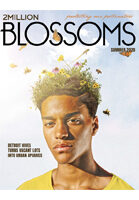
click image to zoom
'A visually captivating guide, essential for all bee enthusiasts and garden lovers.' Jekka McVicar, award-winning herb garden designer and author 'Beautifully written and lavishly illustrated - this is surely the garden bee bible.' Dr George McGavin, entomologist, broadcaster and author Beekeeping has changed. While once it was a hobby that pursued the rich rewards of honey and wax, many beekeepers…
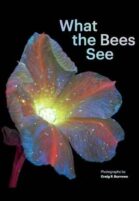
click image to zoom
'Bees see in the ultraviolet spectrum. Their world is completely foreign to the human eye, full of electric, alien colours and luminous, vibrant light that we can only imagine. Shooting UVIVF doesn't show us exactly how bees see the world, but it does enable us to better contemplate pollinator vision and understand this vital species and its importance to the…
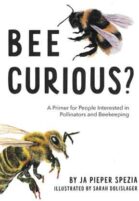
click image to zoom
Open this book to discover the introductory information you need to get started creating a garden that welcomes pollinators - both birds and bees - and get a peek inside the mysterious world of a honey bee hive. If you have been wondering if beekeeping is for you, this primer will give you a taste, sweet of course. This is…
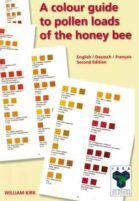
click image to zoom
Includes an explanation of the colour charts in English / Deutsch / Française This pollen book is a unique resource with worldwide demand. Beekeepers everywhere are fascinated by the sources of pollen brought back to the hive by their bees. Being able to identify the plants producing this pollen is the key to unlocking important information about bee forage in…
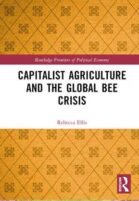
click image to zoom
Capitalist agriculture relies heavily on the pollination work of bees, but this system harms bees in innumerable ways. Indeed, human agriculture is one of the main culprits for the declining populations of wild bees and the declining health of honeybees. This book presents a political ecology of pollination that critically examines how managed honey bees and wild bees are harmed…
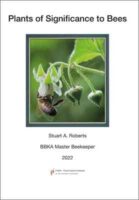
click image to zoom
This book was written as reference material to aid in the study of the National Diploma in Beekeeping (NDB). This is why the backbone of the book is the NDB plant list. However, for the NDB there is an expectation that the candidate will demonstrate knowledge beyond that of the plant list. So there are additional plant families and individual…
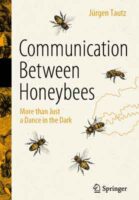
click image to zoom
How Do Bees Find Flowers? During the history of bee research, scientists have peered deep into the inner life of bee colonies and learned much about the behaviour of these insects. Above all, the bee waggle dance has become a famous and extensively discussed phenomenon. Nevertheless, recent insights reveal that while bees are social insects inside the hive they also…
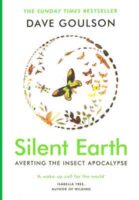
click image to zoom
'Read this book, then look and wonder' Sunday Times 'A powerful book' Mark Cocker, Financial Times 'Thoughtful, frightening and yet hugely eenjoyable ... This book will make you think differently about our right of dominion over the planet' Daily Telagraph We have to learn to live as part of nature, not apart from it. Insects are essential for life as…
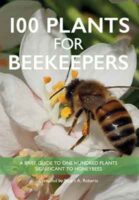
click image to zoom
Stuart Roberts is a Master Beekeeper, a member of the BBKA Examinations Board and a Trustee of the International Bee Research Association. The volume is a brief guide to one hundred plants significant to honeybees. Photographs are taken by the author during his work with apiaries in the Midland Counties. Each plant is described under the headings: Plant family; Common…
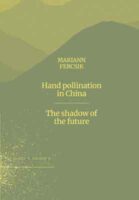
click image to zoom
Not the normal beekeeping volume, tells little about bees BUT highlights the dangers of losing them. This high quality photographic volume by an ethnographic researcher tells a visual story of the possible dangers facing us all on this planet. Will be of interest, not only to beekeepers, but all with concerns on pesticide usage and global warming. "Hand pollination in…
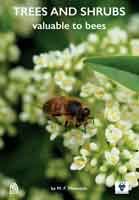
click image to zoom
This list of tables is a sequel to the Association's leaflet "Save our Pollinating Insects"- We have received many enquiries as to how those with opportunities to plant trees and shrubs on public or private land can implement the plea contained in the leaflet to conserve our economically useful pollinators. The books and articles available have proved curiously in-adequate-in assessing…
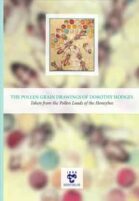
click image to zoom
The Pollen Loads of the Honeybee by Dorothy Hodges, an artist and experienced beekeeper, was first published 1952. It included drawings of pollen grains which will never be surpassed. The originals are preserved at the Royal Botanic Gardens, Kew. This booklet reproduces these drawings.
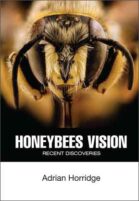
click image to zoom
Professor Adrian Horridge has thoroughly enjoyed a long and productive career in scientific research. At 17 he won a scholarship to St John's College Cambridge, where he spent 10 years, from student to a fellowship, ending in the Zoology Department working with new techniques of recording from nerve cells. Some of this time was spent at the Naples Marine Laboratory…
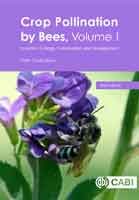
click image to zoom
Since the second half of the 20th Century, our agricultural bee pollinators have faced mounting threats from ecological disturbance and pan-global movement of pathogens and parasites. At the same time, the area of pollinator-dependent crops is increasing globally with no end in sight. Never before has so much been asked of our finite pool of bee pollinators. This book not…
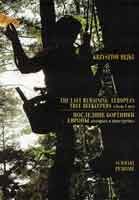
click image to zoom
500+ Wonderful Full Colour Images! Comes with a 20 page English language translation booklet. TO VIEW THE CONTENTS CLICK HERE The book focuses on the ancient tradition of tree beekeeping. Those who cultivate this tradition have the instinct and passion to follow the rhythms of nature, so that they can understand and respect the innate preferences of the bees. Tree…
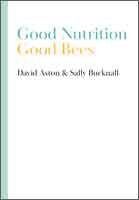
click image to zoom
David Aston
Sally Bucknall
The importance of pollinator species to man’s survival and the functioning of the world’s ecosystems is recognised. Environmental and other stressors have taken their toll on many pollinator species and their abundance. The European Honey bee (Apis mellifera) and man have had a long mutually beneficial relationship and it is vital that this continues. Like all organisms, honey bees need…
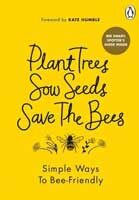
click image to zoom
Our Stripey Friends Need You! Foreword by Kate Humble. Bees, hoverflies and even wasps are essential for keeping us, and our planet, alive ... but they're in danger. Discover the ways you can help them thrive -from learning what to plant in your garden, patch or pots, to setting up a bee hotel. Use the beautiful spotter's guide to help differentiate…
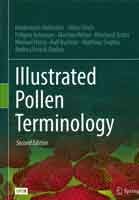
click image to zoom
Heidemarie Halbritter
Silvia Ulrich
Friògeir Grimsson
Martina Weber
Reinhard Zetter
Michael Hesse
Ralf Buchner
Matthias Svojtka
Andrea Frosch-Radivo
This book offers a fully illustrated compendium of glossary terms and basic principles in the field of palynology, making it an indispensable tool for all palynologists. It is a revised and extended edition of "Pollen Terminology. An illustrated handbook,’” published in 2009. This second edition, titled "Illustrated Pollen Terminology" shares additional insights into new and stunning aspects of palynology. In…
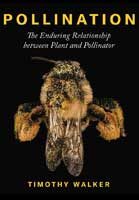
click image to zoom
An enticing illustrated look at pollination, one of the most astonishing marvels of the natural world. Pollination is essential to the survival of most plants on Earth. Some plants rely on the wind to transport pollen from one flower to another. Others employ an array of ingenious strategies to attract and exploit pollinators, whether they be insects, birds, or mammals.…
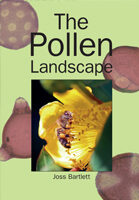
click image to zoom
Honey bees carrying pollen are a familiar sight to anyone who has watched them collecting it from flowers or bringing it back to a hive. But which kinds of pollen do they use, how do they find it, and what do they use it for? Environmental pressures on all pollinating insects, including honey bees, mean that questions like these have…
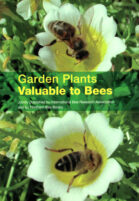
click image to zoom
Most people are now aware that our insect population has come under severe pressure due to changes in their environment. This awareness is causing an increasing interest in what can be done to support our insect life for our own good. We are seeing a gradual change in agricultural & horticultural attitudes and practice that should contribute towards improvement in…
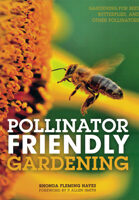
click image to zoom
Want to do your part in helping your local pollinators flourish? Pollinator Friendly Gardening makes it easy. Are you interested in growing a naturally healthy garden? How about making sure your local environment helps bees, butterflies, and birds survive and thrive? If you are a beekeeper, are you looking for the ideal plants to keep your colony happy? Pollinators such…
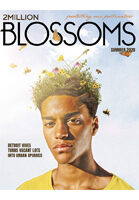
click image to zoom
1 Years Subscription – Print Edition, 4 Issues mailed to your door. Current issue No.3 Summer 2020. Northern Bee Books has been appointed the UK agents for this new American 100 page quarterly magazine. The magazine deals with all aspects of pollination and pollinators, of vital interest to this world. Subscribe today and learn more about our diverse pollinators and…
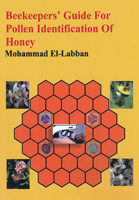
click image to zoom
This is a practical book written in a simple manner to make it understandable for beekeepers while still maintaining the principles and rules of pollen identification in honey. It also contains valuable information for expert melissopalynologists. It is designed after an intensive work in field observation of bee foraging, preparation & photographing pollen of the observed flora, searching in hundreds…
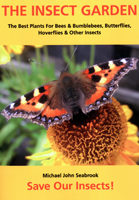
click image to zoom
Save our insects! This book contains: • Tips on how to have a beautiful, easy to manage garden completely in tune with nature. • Chapters on bees, bumblebees, butterflies and hoverflies and the plants they prefer to visit for pollen and nectar. • Scores for over 520 plants indicating how good they are for insect biodiversity from new research completed…
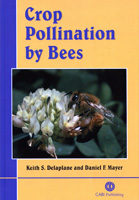
click image to zoom
Keith S. Delaplane
Daniel F. Mayer
The collapse of the ubiquitous honey bee population during the past 20 years has caused a pollination vacuum for many crops. Surveys and grower experience indicate that a crisis exists in our pollinator populations. This book is an accessible, practical and authoritative research-based guide to using bees for crop pollination. It emphasises conserving feral bee populations as well as more…
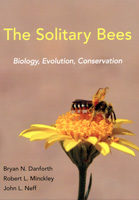
click image to zoom
Bryan N. Danforth
Robert L. Minckley
John L. Neff
While social bees such as honey bees and bumble bees are familiar to most people, they comprise less than 10 percent of all bee species in the world. The vast majority of bees lead solitary lives, surviving without the help of a hive and using their own resources to fend off danger and protect their offspring. This book draws on…
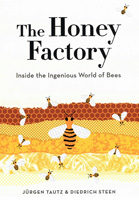
click image to zoom
Jürgen Tautz
Diedrich Steen
Beehives might look like seething anarchy at first glance, but bees know exactly what they are doing. The universe of the beehive is an intricately organised, delicately balanced ecosystem. From the queen to the lowliest worker bees, each bee plays its part in the whole. The Honey Factory plunges the reader into the invisible life of a bee colony and…
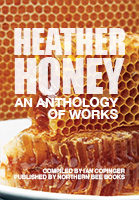
click image to zoom
Ian Copinger
Brother Adam
William Hamilton
Peter Schollick
Francis Sitwell
Heather Honey is the Queen of all honeys. To gain a good crop it is important to manage your stocks during the mid season in order that they are at their strongest in August. This Anthology brings together writings from all the past Great Heather Bee Masters - Francis Sitwell, Brother Adam, Colin Weightman & William Hamilton together with a…
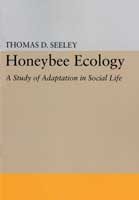
click image to zoom
Originally published in 1985 this book presents honeybees as a model system for investigating advanced social life among insects from an evolutionary perspective.
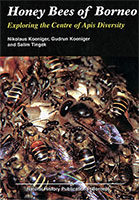
click image to zoom
Gudrun Koeniger
Nikolaus Koeniger
Salim Tingek
Nikolaus Koeniger and his wife have spent years exploring this centre of Apis Diversity
.
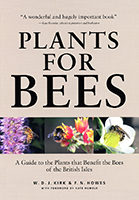
click image to zoom
A modern update by Kirk on the classic title by Howes. This is essential reading for gardeners and beekeepers. Very well illustrated, showing plants good for nectar and pollen and their attraction to social and solitary bees.
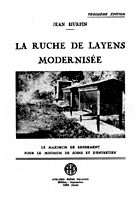
click image to zoom
Beekeeping with the Layens hive. A reprint of the 1946 publication in the original language.
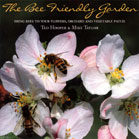
click image to zoom
This volume has colour photography alongside practical information on over 300 plants - and is the only A - Z of plants that list those specifically attractive to bees. The beekeeping facts and figures are supplied by Ted Hooper NDB while the plant information is given by Mike Taylor a consultant to the Royal Horticultural Society.
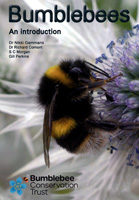
click image to zoom
Nikki Gammans
Richard Comment
S. C. Morgan
Gill Perkins
This Bumblebee Conservation Trust book introduces this charismatic species to a wider audience. Written by Trust staff, it covers bumblebee biology, their decline and conservation and what you can do to help them in your garden and beyond. It also has an essential identification guide to all UK bumblebee species, packed with over 250 colour photographs.
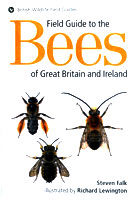
click image to zoom
This extensively illustrated volume is a guide to the 270 species of bees in Britain. It will certainly establish itself as the key volume in this area of interest. The volume will allow readers to identify all of the bees in Britain, Ireland and the Channel Islands. It provides the latest information on ecology, status and distribution and furnishes colour…
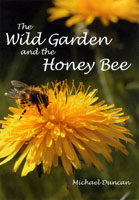
click image to zoom
Michael Duncan, a beekeepers for over 60 years has written a quite exceptional and unique text, published as a volume with both illustrations and text in his own free flowing hand. Starting the craft in Birmingham in 1947 he has since 1982 kept bees in North Devon. His concern for our world is clearly stated in his words. We live…
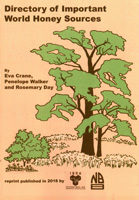
click image to zoom
Eva Crane
Penelope Walker
Rosemary Day
This book contains a vast quantity of precious data about plants and bees and it is marvellous to see it in print again and available to new generations. Best of all would be if people selecting trees become aware of this useful information and consult it to inform their choice: nowadays we need whenever possible to choose species and cultivars…
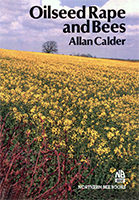
click image to zoom
For Beekeepers to be able now to rely, for an indefinite number of years to come, upon the regular annual availability, in May and June, of a huge new nectar source, is for them an historic advance. The pattern of working through the beekeeping year is changed by it and a new yearly flow of nectar and honey is in…
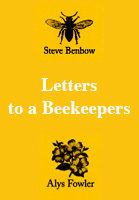
click image to zoom
Steve Benbow
Alys Fowler
Fowler, A
This is the charming story of how gardener Alys Fowler learned to keep bees, and urban beekeeper Steve Benbow learned to plant a pollinator-friendly garden. It is a rule-breaking, wildlife-friendly, honey-dripping record of the trials and joys of working with - rather than against - nature.
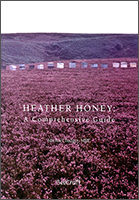
click image to zoom
This full colour volume provides detailed advice for successful Heather honey production from hive preparation through to honey exhibition. Additionally, the extra background and historical detail makes it an interesting and memorable read, not just for beekeepers, but as a quality reference book to add to your bookshelf. The author has in excess of 65 years experience of beekeeping and…
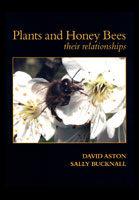
click image to zoom
David Aston
Sally Bucknall
Essential reading for the serious candidate who wishes to investigate this relationship further. While mainly of interest to beekeepers; gardeners, biologists, agriculturalists & horticulturalists will find much of interest to them. Awarded an Apimondia Bronze Medal.
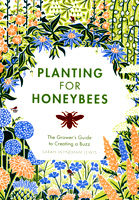
click image to zoom
Our gardens would be unrecognisable without the gentle buzz of the humble honeybee. Yet in recent years bee populations have suffered from the loss of green spaces and need our help. Planting for Honeybees is a charmingly illustrated, practical guide on how to help attract these delightful pollinators - whether you only have a city window ledge or a whole…
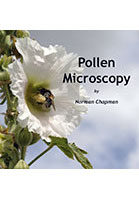
click image to zoom
Pollen is fascinating material for anyone interested in looking down a microscope, or discovering where their bees have been foraging. The variety of sizes and shapes gives clues as to the ingenious ways plants utilise the weather and insect behaviour to deliver pollen to its intended destination. This second edition of the book shares techniques on successful microscopy accompanied by…
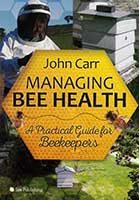
click image to zoom
The crucial role that bees play in the Earth's ecosystem is well known. Over the last decades a dramatic decrease in bee health has been seen on a global scale. This deterioration is seen on a global scale in both domestic and wild bees, precipitating a wider ecological impact. Veterinarians, animal scientists and bee husbandry specialists increasingly need to be…
















































